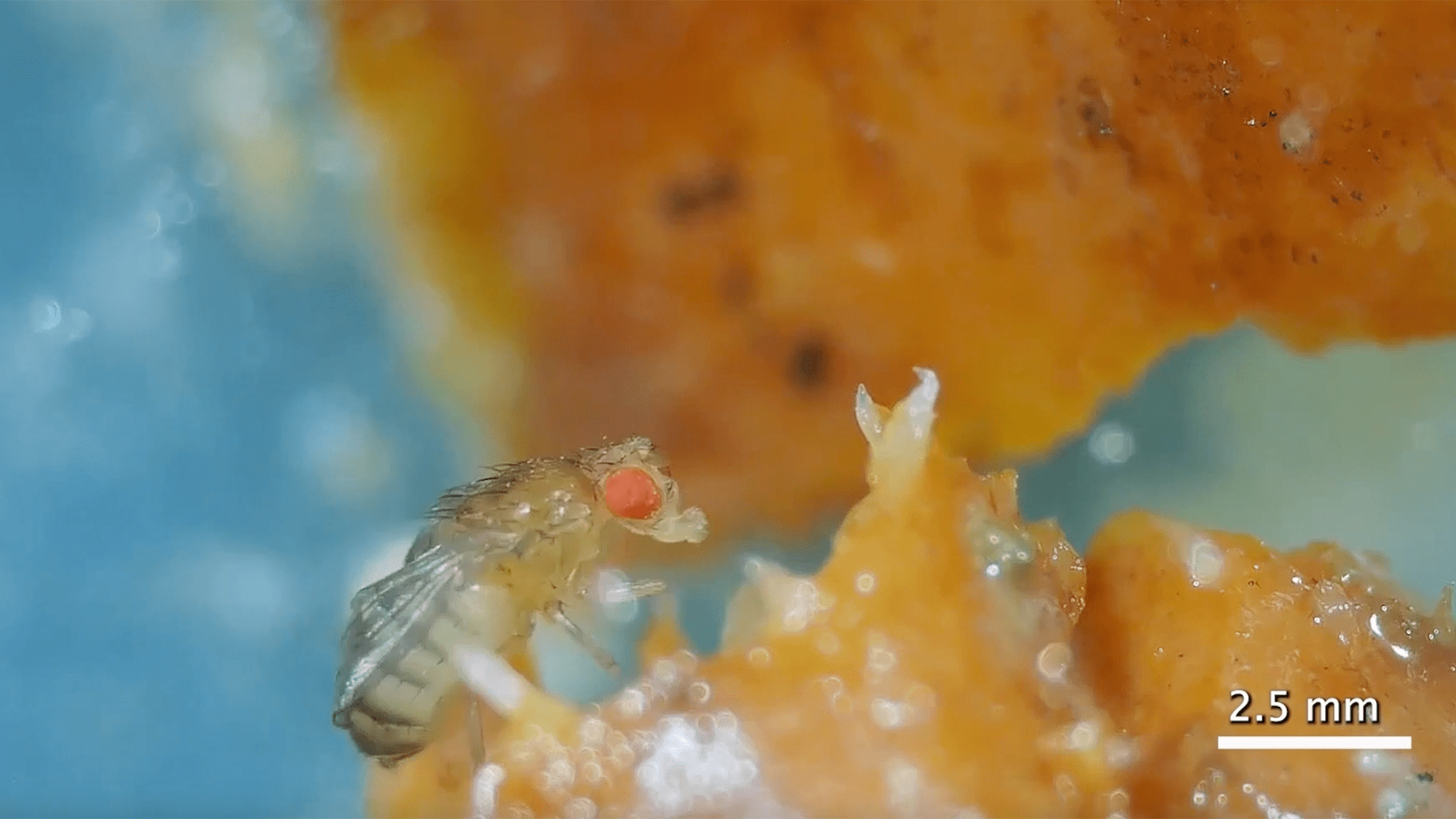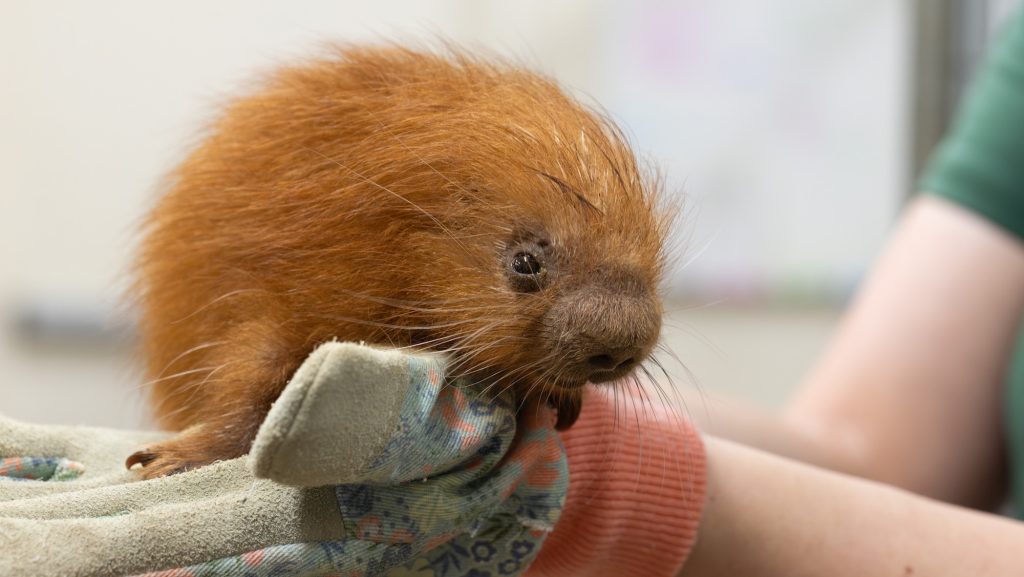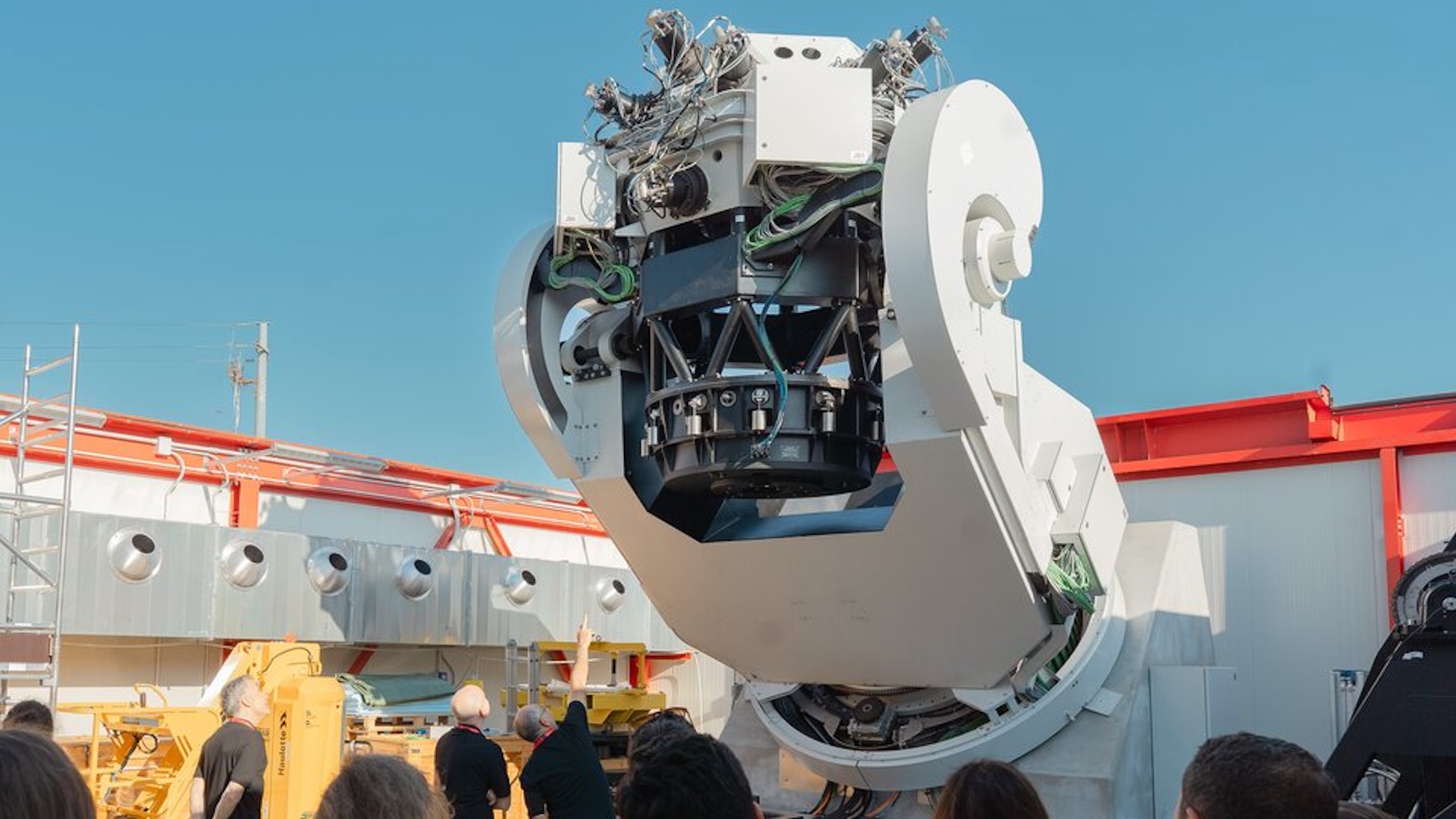Now Reading: Worm towers are all around us
-
01
Worm towers are all around us
Worm towers are all around us

Get the Popular Science daily newsletter💡
Breakthroughs, discoveries, and DIY tips sent every weekday.
Biologists estimate that four out of five animals on Earth are nematodes (AKA roundworms).The tiny, wriggling, transparent invertebrates are the most abundant creatures on the planet and are found nearly everywhere–from permafrost to the deep ocean. More than one million species make up this ubiquitous group, which includes parasites, decomposers, predators, and more.
“They’re not about to take over the world, because they already did,” says Serena Ding, a biologist at the Max Planck Institute of Animal Behavior in Konstanz, Germany tells Popular Science. “Global worming has already happened.”
Yet despite their ubiquity in the environment and in research labs (where the nematode C. elegans is a common model organism), a new discovery highlights that there’s still a lot left to learn about these worms.
Humble roundworms put cheerleaders’ pyramid-building skills to shame. In order to disperse and explore their environment, wild nematodes self-assemble into tower-shaped superorganisms, according to a new study led by Ding and published June 5 in the journal Current Biology. Together, groups of the one-millimeter long worms can act as hyper-coordinated construction squads, with their living bodies providing the raw material for functional, temporary structures. It’s a biological feat that even humans struggle to accomplish.

Tower o’worms
This is also the first time that scientists have formally documented the nematode phenomenon occurring in nature. Worm towers– sometimes called swarms– “were kind of just whispered about in the worm community,” says Ding. Previously, there were anecdotal reports and documented observations of these multi-nematode assemblages in labs and other artificial settings, but it wasn’t certain if the formations happened naturally. Now, it’s clear that nematodes do, indeed, form towers without artificial interference.
“They do exist at high densities, they’re interacting, and they’re doing something together.” says Ding, who studies collective behavior. “This was the most exciting thing for me.”
One tower can contain thousands of worms in a single aggregation, which looks like a cohesive drop of wiggly gelatin. The impressive team effort enables nematodes to hitch rides on passing insects to more favorable habitats and bridge otherwise untraversable gaps, Ding and her co-authors suggest. Studying this behavior could offer insights into the evolution of social animals and how group decision making unfolds.
An exclusive group of evolutionary weirdos
Only a handful of organisms are known to form collective assemblages for the purpose of dispersing, similar to the nematode towers. “It’s actually super rare,” says Ding, noting that there are just three other, well-documented examples. Slime molds, which are technically single-celled amoebas, often take on multicellular forms, aggregating to make fruiting bodies that send out spores or moving from place to place in a group. Fire ants are known to form rafts with their bodies to get through flood waters, and arrange themselves into towers and bridges to navigate the landscape. Groups of spider mites weave themselves up with silk into a ball that can be carried to distant frontiers on the wind.
With the new findings, nematodes gain membership to an exclusive group of evolutionary odd-balls. But though superorganism behavior is uncommon across the tree of life, worm towers themselves are surprisingly commonplace.
To track them down in the wild, the researchers didn’t have to travel far. They started by looking at fallen fruit beneath trees on their university campus with a digital microscope. On rotting apples and pears, they found dozens of nematode towers wiggling at the edges and points of the fruits’ fleshy topography. The scientists also documented the behavior among nematodes found at a mushroom farm. Then, they devised a method of reliably recreating it in the lab.

Here’s their recipe for encouraging worm towers: place a few thousand nematodes on a food-free petri dish that’s flat except for a single tooth brush bristle pointing upwards. Then, wait for a couple of hours. It’s that simple. In hundreds of trials, the worms clustered into their writhing tower formation around the bristle more than 90 percent of the time. The longest towers in these experiments were well over a centimeter long (more than 10x a nematode’s body length). Prior observations have noted towers about five centimeters–or almost two inches–high.
In additional experiments with fruit flies and with a plastic probe, the researchers showed that worm towers strategically move towards any object that touches them or brushes by. The quick collective action allows the towers to shift fast enough to glom onto the leg of a passing insect. Previous research has documented individual nematodes hitchhiking on insects. However, through tower building, it seems that hundreds of worms can grab a ride at once, making the unwitting bug more akin to a subway train than a single passenger vehicle. The scientists also recorded two instances of the towers probing around and forming bridges to reach new locations, like the petri dish lid. Both observations support the leading hypothesis that nematodes build towers to access new, more suitable habitats.
Using worms tagged with a fluorescent protein, Ding and her colleagues further found that nematodes building a tower all tend to orient themselves in the same direction. The worms point their heads upwards, and their bodies undulate in time with one another. Yet how they coordinate this intricate collaboration remains unclear.
‘It pays a lot to think about them as real animals’
Many of the new observations prompt more confusion than clarity. For instance, in the wild groups, towers were exclusively made up of larvae. In the lab, nematodes of all ages collaborated to build. What accounts for the age difference is unknown. Ding and her colleagues didn’t note any apparent competition for the top spots at the tip of the tower, where a worm is most likely to catch a ride. But it’s unclear if a less genetically homogenous group of worms might be more competitive. The researchers also don’t yet understand why the worms opt to disperse collectively instead of solo. Nor do they know how worms decide to begin forming a tower or the neural or sensory mechanisms that enable it. The basic physics of how thousands of tiny, slimy bodies manage to form something so coordinated and solid remains unresolved as well.
“There are the sorts of questions that we want to address,” says Ding. Ultimately, she hopes to use nematode towers to better understand animal cooperation across species.
For so long in science, nematodes have been seen as little more than a microbiology model system, allowing researchers to test genetic modifications, understand cells, and map neurons. But, in looking so closely at the worms, generations of scientists may have missed the bigger picture. Nematodes have complex behaviors that are the product of millions of years of evolution. Learning more about what they do could shed light on how animals large and small work together, says Ding. “It pays a lot to think about them as real animals,” she adds. “They’re everywhere, they’re important, and they do things.”

More deals, reviews, and buying guides
The PopSci team has tested hundreds of products and spent thousands of hours trying to find the best gear and gadgets you can buy.























